Why Everyone Loves Growing Shishito Peppers
As an Amazon Associate and member of other affiliate programs, I earn from qualifying purchases.
The appeal of the shishito pepper is simple: it has great taste, and it’s small size and thin skin make it easy to work with in the kitchen. Plus it has a surprise element in that 1 in 10 of these peppers is hot! And that makes serving it at parties extra fun!
We’re countryfied foodies, so when we hear about a new veggie getting rave reviews in the culinary scene, we like to jump on board. But we don’t just want to eat it, we want to grow it!
We fell in love with this plant right away, and it’s definitely going to stay on our grow list from now on!
What are shishito peppers?
Shishito peppers are a Japanese heirloom pepper variety with a crisp fruity sweet pepper flavor and just a tiny hint of heat and smokiness that is brought out by cooking them.
Padron peppers and shishito peppers are not the same. Shishitos look similar to Padron peppers and are prepared in a similar manner. However, shishito peppers have a more wrinkled shape and are less spicy than Padrons.
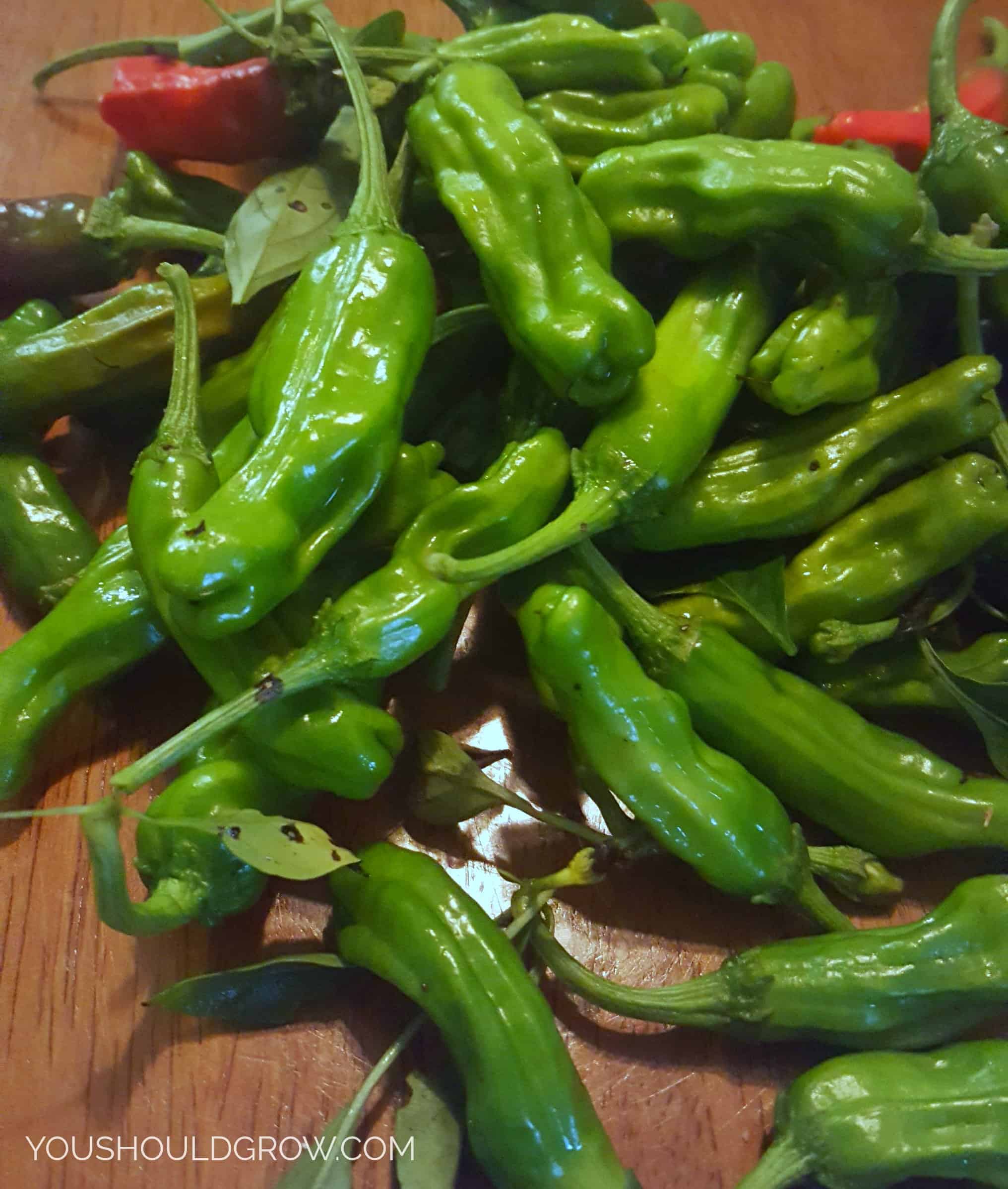
But are shishito peppers hot?
Well…no…and yes.
Although they are a sweet pepper, they can be mildly hot. And about 1 in 10 is crazy spicy which makes eating them a bit like playing Russian roulette.
On the Scoville scale, shishito peppers fall in the 50-200 range. For comparison, a jalapeno is 2500 to 4500.
So that means most people will notice, but not be concerned by, the heat in a shishito pepper.
My husband made me some blistered shishito peppers this spring, and I was hooked after the first bite! They tasted like a more delicious version of a grilled bell pepper with a smokiness from the blistered skin.
Honestly, I just sat down with the full plate and ate them all by themselves.
My husband told me to pick them up by the stem and eat the whole pepper in one bite. For a girl, it’s a good mouthful, but I devoured them one after the other until…
I got a hot one.
And when I say hot, I mean my eyes started watering, my nose started running, and I couldn’t talk or swallow. I just had to sit there crying and drooling until it went away.
Now, I love hot peppers, and I can take some heat. But holy moly that was hot!
At least my husband and kids got a good laugh out of it.
I’ve eaten shishito peppers several times since then, and I never got one that hot again…thankfully!
Cooking with shishito peppers is simple because they don’t need any prep. You just cook them whole-stems, seeds, and all! Their small size means they soften deliciously on the grill, stove, and in the oven.
Growing shishito peppers is very rewarding.
In our garden, the shishito pepper was a standout plant. It’s compact, sturdy, and easy to grow. It would do fine grown in the ground, raised beds, or containers. And boy is it productive!
It held up to our southern heat like a champ and wasn’t phased by pest or disease pressures.
The pepper itself is a small finger-shaped fruit with deep wrinkles. It will turn from green to brown to red if left on the plant. However, they’re usually harvested and prepared while still green.
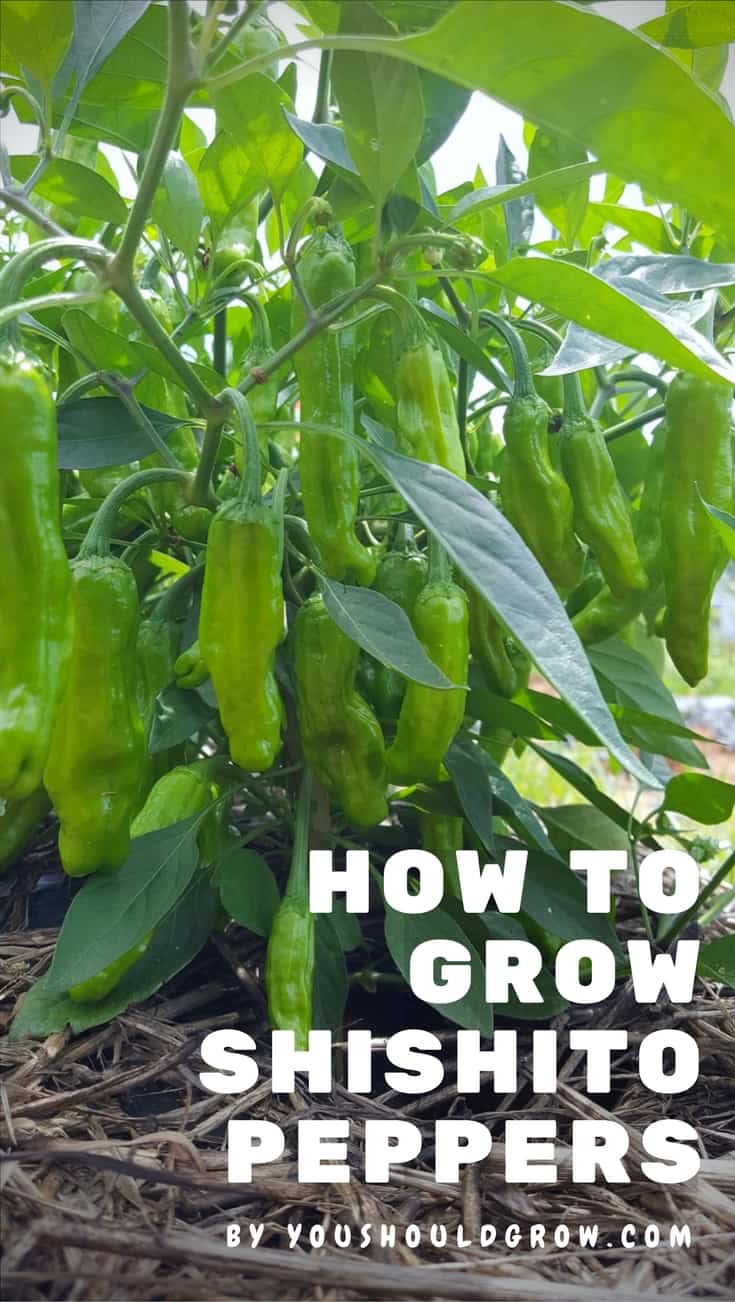
How to grow shishito peppers
You’ll most likely need to start a shishito pepper from seed, and there’s no reason you shouldn’t. We originally bought our seeds from Buckeye Pepper Co, but you can find them at many other online retailers.
Starting shishito pepper seeds.
Start your pepper seeds indoors 8 weeks before your last frost date. Pepper seeds need warm soil to germinate so use a heat mat or the top of your fridge for the first few days until they sprout.
Once they have sprouted, they need off heat and into the light.
Your sunny window will keep them alive, but stronger healthier plants grow from seedlings set under a grow light. Keep the light down really close to the seedlings. Just a couple of inches above the leaves is great.
Pay close attention for signs your seedlings need to be transplanted.
During this time, they just need to have even moisture and good light. Room temperature is fine at this point, but if they’re close to a window it could still get a bit cold.
Harden off your seedlings
In the last week before you plant them outdoors, set them outside in the sunshine for a few hours every day. This is a process called hardening off, and it gives them a smoother transition from the safety of the indoors the garden outside.
Shishito peppers adapt well to container gardening, raised beds, and planted directly soil.
Plant peppers in a container or your garden where they’ll get 6-8 hours of sunlight, and bury them level with their root ball.
Give them a boost with an organic fertilizer every 4-6 weeks, and get rid of pests with neem oil or spinosad in the worst case scenario.
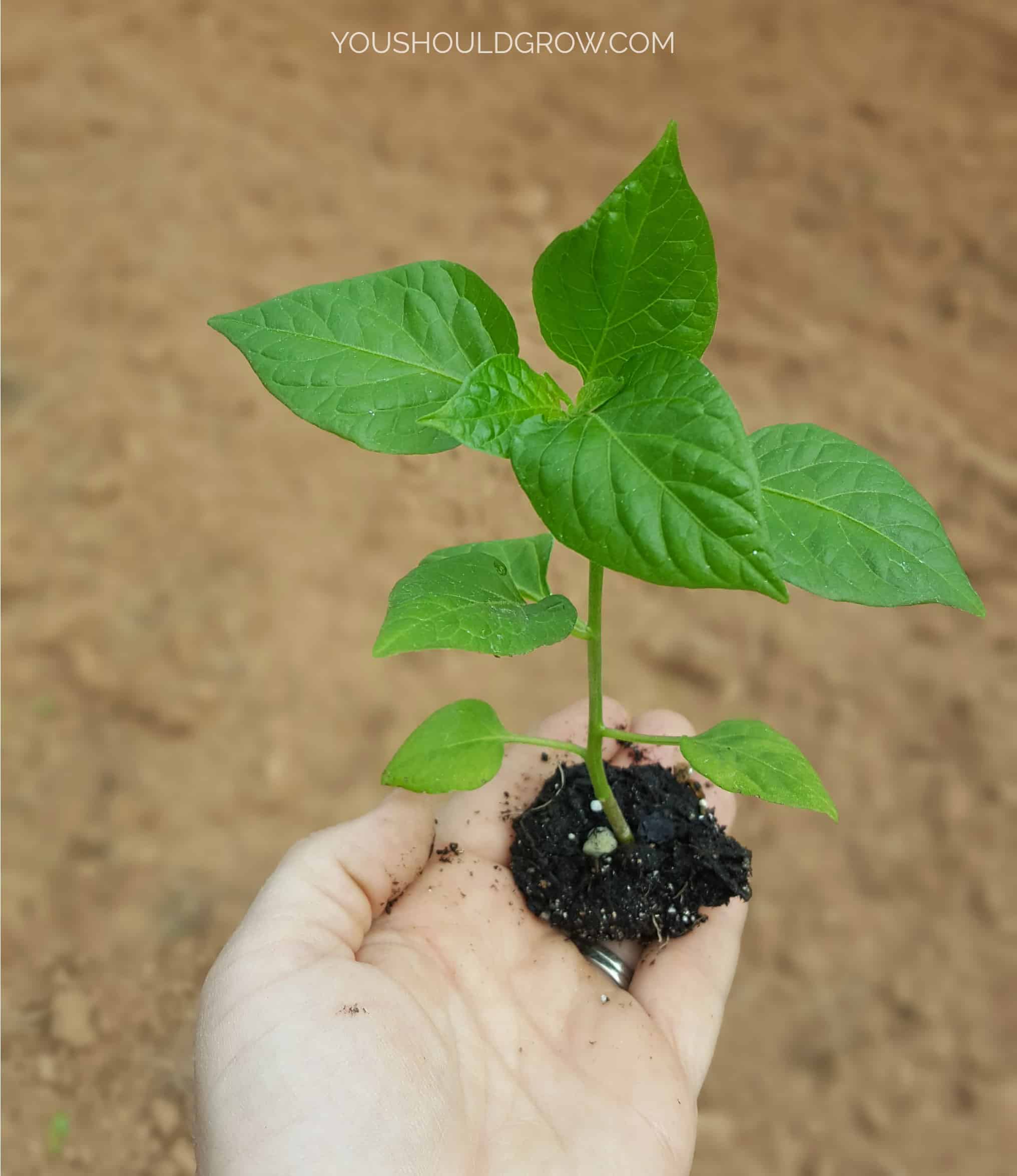
Harvesting shishito peppers
Shishito peppers are usually harvested young. They should be shiny and green. If you prefer red peppers, you can let them mature on the plant.
Personally, I thought they were best green to brown color, but if you’re growing them at home why not try some of all?
Once they’ve been harvested, they’ll hold for a few days on the counter. Like all peppers, they are best eaten while their skin is still firm. You can cook your fresh peppers or preserve them by pickling or fermenting.
If you’re a market gardener, you should be growing shishito peppers!
This pepper is hot on the culinary scene, and it’s making its way from big cities into the suburbs and rural farmers markets. If they haven’t already, people in your community are sure to come looking for them next year.
They’ve traditionally been difficult to find in some areas and the prices have reflected that! I found them on the internet for $7-9 per pound!
It’s rare to be able to grow something as prolific as the shishito pepper and get that kind of price at the farmer’s market. So definitely get a few plants in the garden next year!
Now let’s move on to the good part: what to do with shishito peppers!
Blistered Shishito Peppers In A Cast Iron Skillet


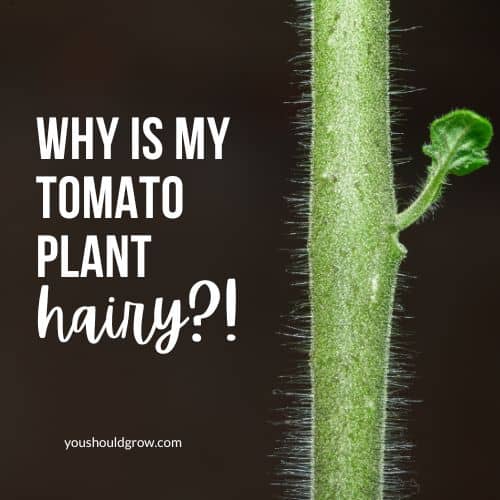
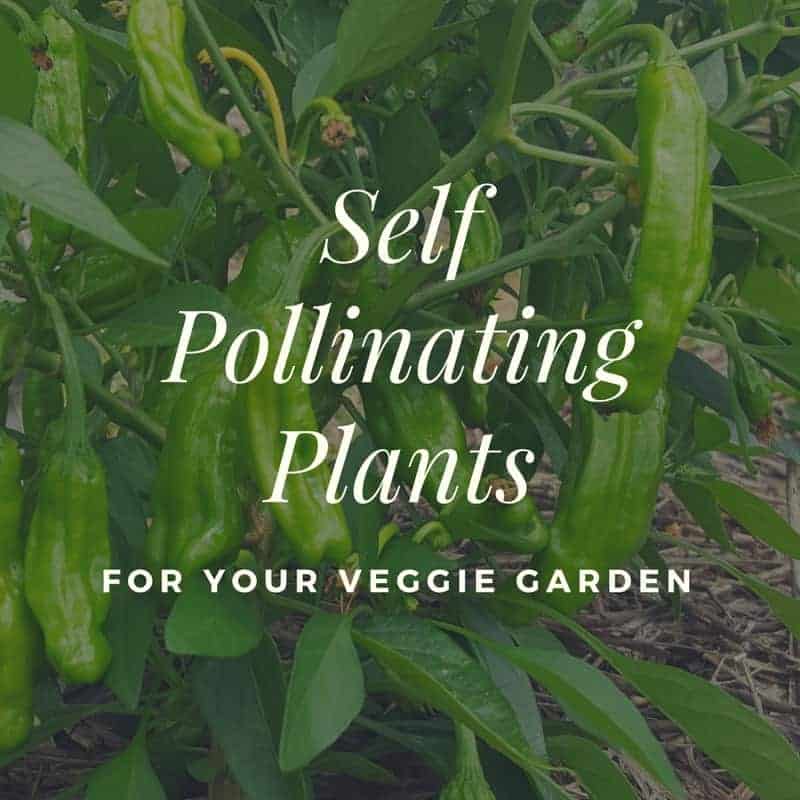
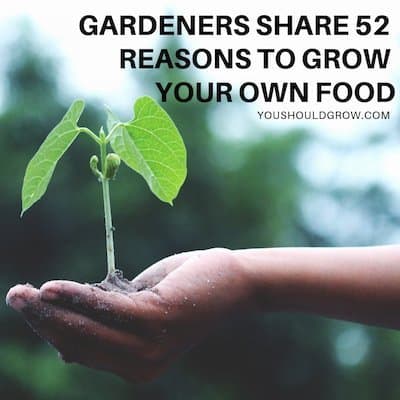
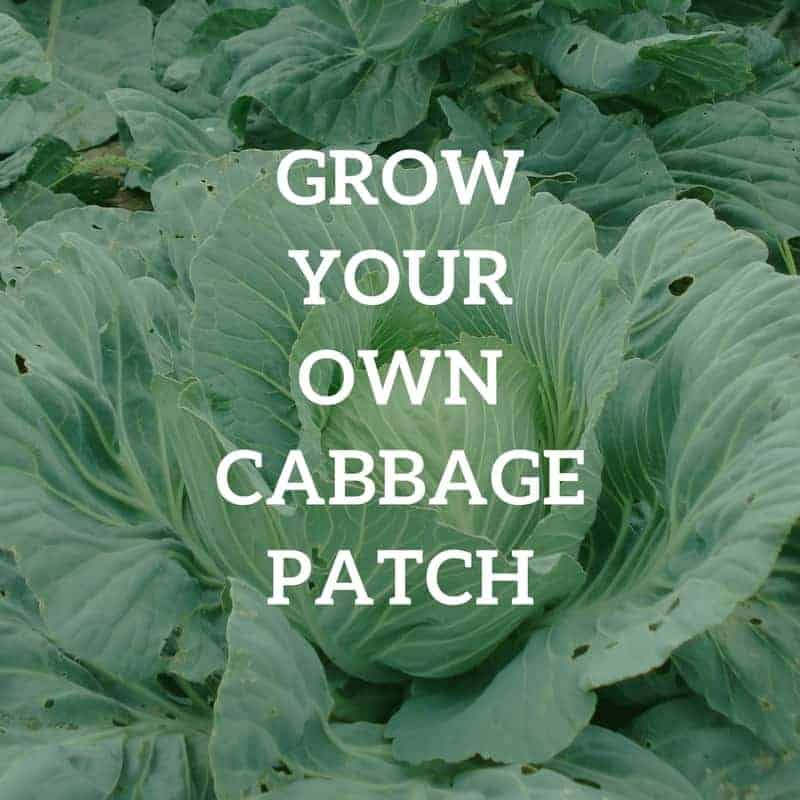
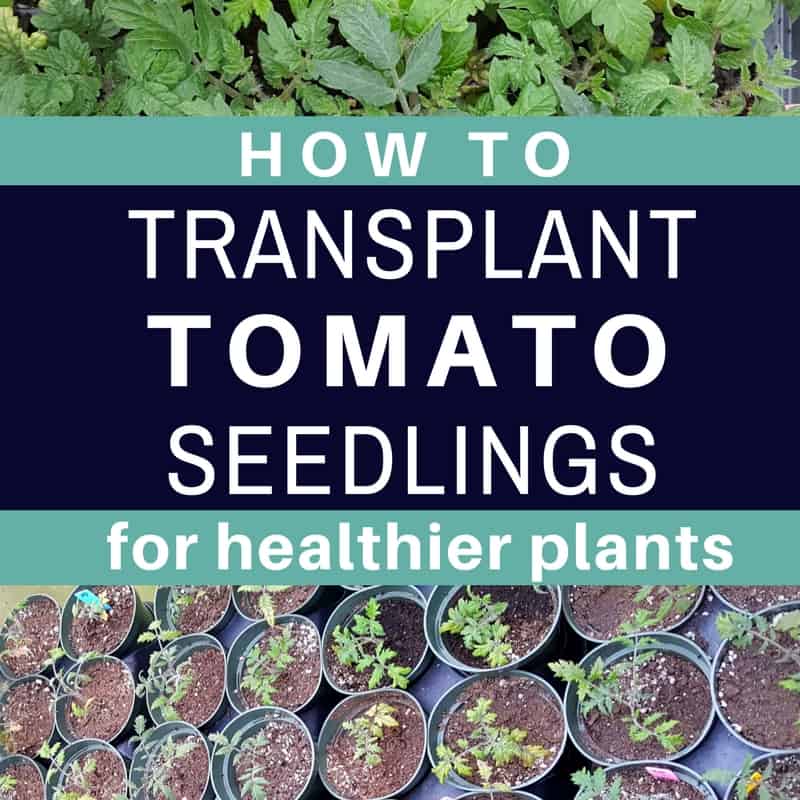
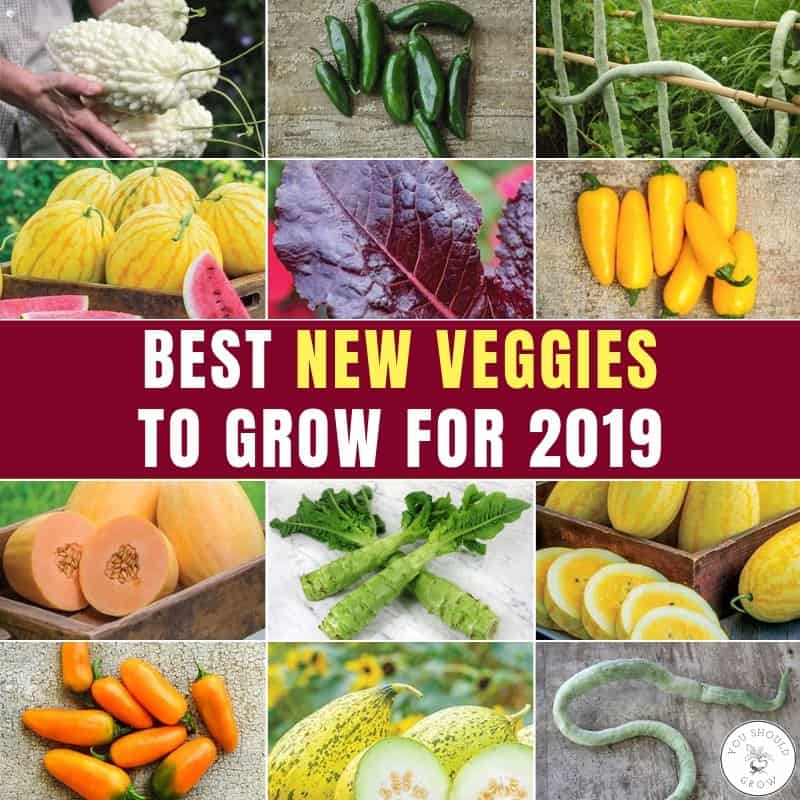
What a nice article! Thanks, will definitely try some.
Enjoyed your writing, interesting side stories and very informative.
Will keep milk handy when tasting!
Thanks so much, Kathi! I hope you enjoy them!
I was randomly gifted two plants last year…I couldn’t believe the production it had va how easy it was to grow. And then I began to see them in fringe organic stores and I couldn’t believe the price!!!
I will have close to 1/2 acre this year. Very excited. A flash grill in light oil with basil and rosemary in the oil…..holy moly.
Lucky you! Mmmm. I haven’t tried the addition of basil and rosemary! Will have to this year. Thanks!
I planted seeds 8 weeks ago used a mat grow lights and still my plants are only about 1 inch tall . Am I doing something wrong ?
Hi, Carol! One inch is quite small. How many sets of leaves do they have?
-If there are 2 or more, it may be time to transplant them to a larger pot or perhaps their permanent home.
-If there are 2 or more sets of leaves and they are still in seed starting mix, they might need to be fertilized. Try feeding them with diluted organic fish emulsion- the dilution should look like brown water and have a faint odor, not muddy water and knock your socks off odor.
-If neither of those seems to be the issue I would need to see a picture. You’re welcome to join me in our Facebook group (facebook.com/groups/youshouldgrow) so we can discuss. Either way, good luck!
I startedmy shisito peppers in doors in April oe early May. I transplanted them when the soil was warm. We’re in Kansas City. The plants have been lush and beautiful for many weeks. I’ve had some blossoms but here it is, the end of July, and no peppers. I’ve applied Miracle Grow two or three tomes the past month. What’s going on?
Hi Ward! My guess is either the Miracle Grow is too high in nitrogen and low in other nutrients and/or the pH of the soil is off. Check those two things and let me know if it helps. 🙂
Thank you for the great info. This is my first year growing them and I was surfing the net to find out when they are ready to pick. Excited to try them.
Hi Linda! I’m sure you’ll love them!
Hi Laura! Thanks for the article. I planted several seeds last summer and didn’t see any peppers until early this summer. I live in Southern California so the weather is good for growing most things but our soil is not that great. The plants got 12+ hours of sun per day and I too fertilized with Miracle Grow. Around July I started to get a lot of small peppers but it seemed that most of them dried out before they reached full size and I could pick them. The ones that I was able to harvest were delicious though. I’m thinking of digging up the plants and potting them. That way I could improve the soil that they are in and have better control of the sun/heat that they get by moving the pots to a more shaded area when the weather gets really hot. Any thoughts? Thanks again!
Hi, Dave! I do have thoughts on peppers that don’t produce – I’m considering writing an article about it because I think it might be something we can all relate to. 🙂 Anyway, yes heat can be a problem and also drought. I’m not sure how your soil is lacking, but there are lots of factors that can cause a poor root system which will just mess everything up. I don’t like Miracle Grow for veggies because it is too high in nitrogen. You just get great big green plants, but no fruit. When it’s time for flowering, you want to use a fertilizer with higher phosphorous and potassium. That means you choose one with an NPK ratio where the second 2 numbers are higher than the first. You can also encourage blooming and fruit set by picking the peppers. The more you pick, the more it makes. If you have more questions, let’s start a discussion in the Facebook group. Join us here if you’re not already in there. 🙂
I am in North East Texas. It is September 2018 and my plants in the ground are still producing long green peppers and the plants are full of blooms. The plants I have in a raised bed are turning red within a half inch of growth. They had been doing well all season until now. Is there a reason for them to turn red quickly in raised bed?
Hi, Pam! Usually, when peppers turn colors prematurely, it means that there’s some damage to the fruit. But you didn’t mention if you saw any blemishes or holes. Peppers can get blossom end rot, and grasshoppers like to eat holes in them. If all the peppers on the plant are small and turning red, then I’d wonder if they’re not a different pepper. Maybe either a hybrid plant or a different type of pepper entirely. Do you think that could be the case?
What gallon container would be best to grow one plant? I’ve never grown vegetables so I have no idea as to how large this plant gets. Thanks!